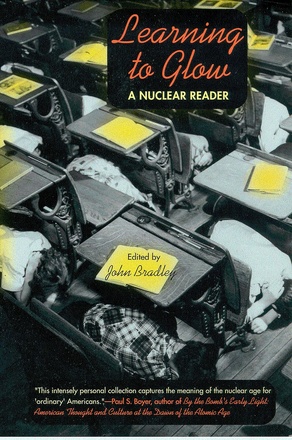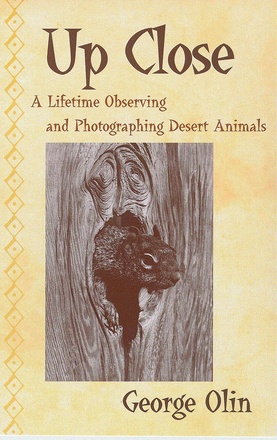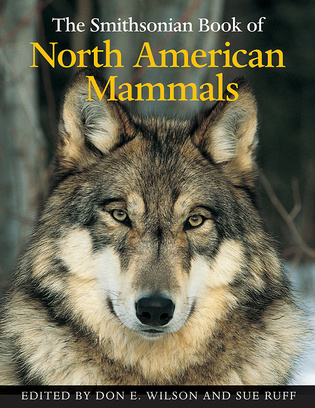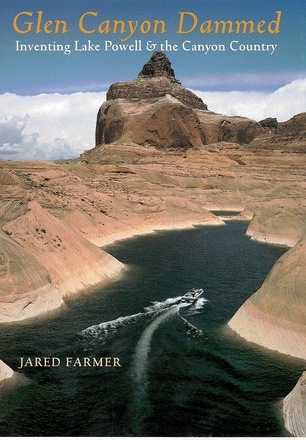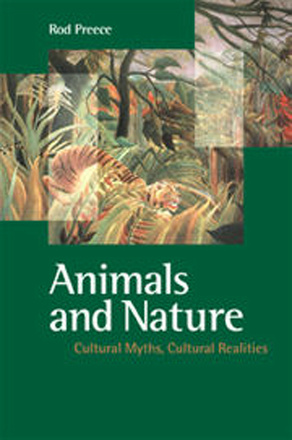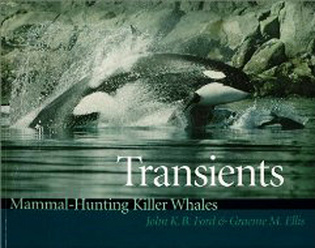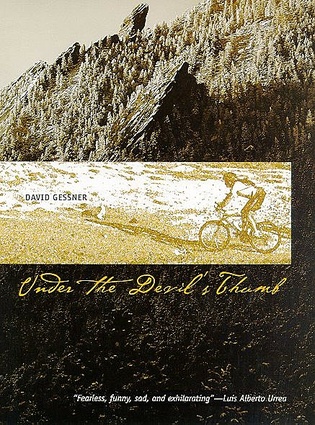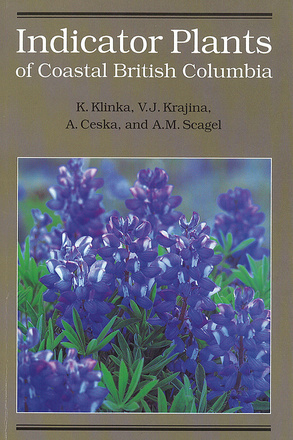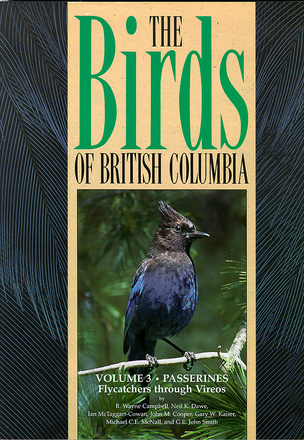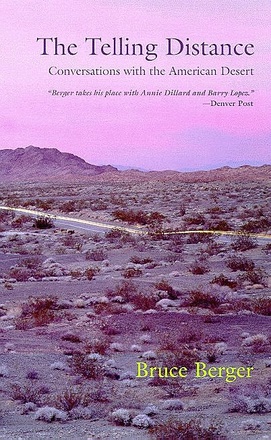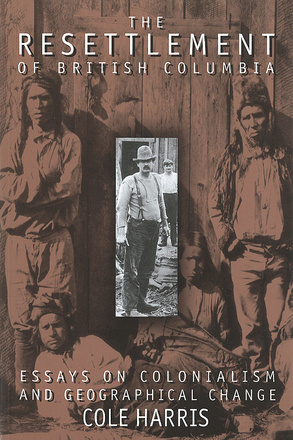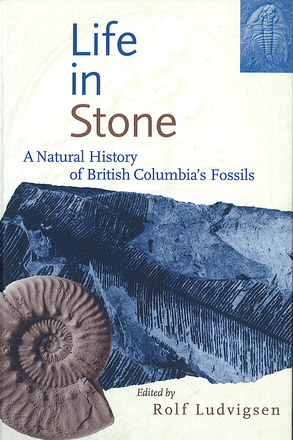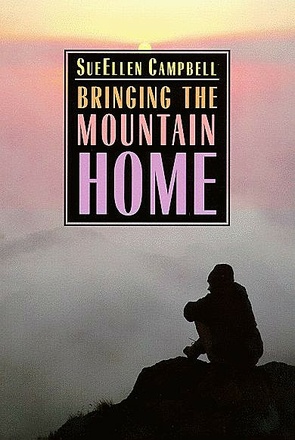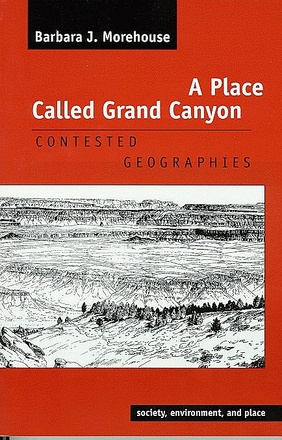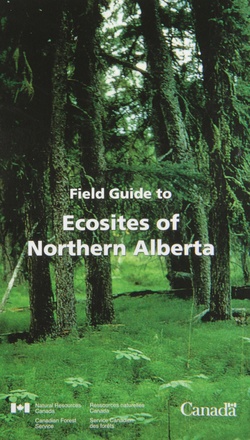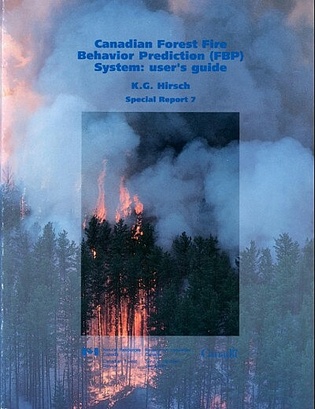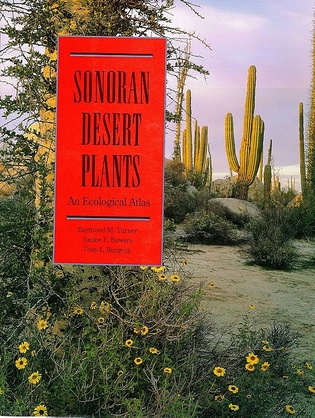Learning to Glow
Atomic energy is not only invisible, it has been cloaked in secrecy by government, industry, and the military. Yet for many Americans the effects of radiation have been less than secret. Just ask the radium workers in Ottawa, Illinois, the "downwinders" of Utah, or unsuspecting veterans of the Gulf War.
When told from the perspective of ordinary people, nuclear history takes on a much different tone from that of the tranquil voices of authority who always told us we had nothing to fear. In Learning to Glow, twenty-four essays testify to many of the unsuspected human and environmental costs of atomic science. They show that Americans have paid a terrible price for supposedly "winning" the Cold War--for although the nuclear nightmare may be over, we are still living with nuclear threats every day.
Writers such as Scott Russell Sanders, Terry Tempest Williams, and Barbara Kingsolver reveal the psychic and emotional fallout of the Cold War and of subsequent developments in nuclear science. The essays include personal testimonies of what it was like to grow up with family members in nuclear-related jobs; hard-hitting journalism on the health and environmental costs of our nuclear policies and practices; and poignant stories of coming to terms with nuclear power, including contributions by writers who revisit Hiroshima in an attempt to heal the wounds left by the Bomb.
These essays offer an alternative to the official version of nuclear history as told to us by school textbooks, government authorities, and nuclear industry officials. They are stories of and by ordinary people who have suffered the consequences of the decisions made by those in power-stories that have been largely ignored, dismissed, or suppressed. They will challenge readers to re-examine their preconceptions about the way we deal with issues of nuclear arms and radioactive waste because they show that nuclear history does not belong to experts but to us all.
Contributors:
Marilou Awiakta
John Bradley
Jim Carrier
Alison Hawthorne Deming
Mary Dickson
Edward Dougherty
Ray Gonzalez
Karl Grossman
Sonya Huber
Barbara Kingsolver
Valerie Kuletz
Mary Laufer
Kay Mack
Craig McGrath
Bill Mesler
Richard H. Minear
Randy Morris
Mayumi Oda
Catherine Quigg
Richard Rawles
Kenneth Robbins
Scott Russell Sanders
David Seaborg
Terry Tempest Williams
Bill Witherup
Phil Woods
Up Close
George Olin has gained a wide reputation as a keen observer of nature. In books such as Mammals of the Southwestern Deserts and House in the Sun, his writing and photography have enchanted those who want to know more about the desert and its animalseven people who already live there.
In this charming memoir, Olin combines personal and natural history to recount his long fascination with animals. In addition to painting a vivid picture of his nomadic life, he describes the ingenious methods he devised to observe desert creatures and build their trustand the lessons they taught him in return.
Olin takes readers back to 1951, when he and his wife, Irene, were hired as fire lookouts in Arizona's Huachuca Mountains. There, where golden eagles soared and rock squirrels scampered, they befriended a wide variety of animals, from skunks to coatis, and knew they had found satisfaction. The following year they participated in the founding of the Arizona-Sonora Desert Museum in Tucson and were in on its construction from the ground up. As a ranger and later the park naturalist at Saguaro National Monument, Olin became acquainted with more of the desert's creatures, sharpened his photographic skills, and even studied pollination of saguaro cactus by bats and other creatures.
Following eight years spent working for the Park Service in the East, the Olins returned to their beloved desert as retirees. There George embarked upon a night photography project, following foxes, skunks, raccoons, and ringtail cats on their nocturnal rounds, and later extending his study to kit foxes and kangaroo rats. Up Close contains a wealth of information about what he learned on those outings, and his engaging tales of personal encounters with these and other denizens of the desert will make even Gila monsters, wood rats, and scorpions seem less threatening for readers who flinch at the very thought of them.
Up Close is a warm and enjoyable book, chock full of Olin's charming photographs, that makes the desert and its creatures come alive. It will delight all who love the Southwest and instill a sense of wonder in anyone fascinated by the natural world.
Glen Canyon Dammed
Growth is a major issue in the contemporary American West, especially as more and more towns and states turn to tourism to spark their economies. But growth has a flip sidelossabout which we seldom think until something is irrevocably gone.
Where once was Glen Canyon, with its maze of side-canyons leading to the Colorado River, now is Lake Powell, second largest reservoir in America, attracting some three million visitors a year. Many who come here think they have found paradise, and for good reason: it's beautiful. However, the loss of Glen Canyon was monumentalto many, a notorious event that remains unresolved.
Focusing on the saddening, maddening example of Glen Canyon, Jared Farmer traces the history of exploration and development in the Four Corners region, discusses the role of tourism in changing the face of the West, and shows how the "invention" of Lake Powell has served multiple needs. He also seeks to identify the point at which change becomes loss: How do people deal with losing places they love? How are we to remember or restore lost places? By presenting Glen Canyon as a historical case study in exploitation, Farmer offers a cautionary tale for the future of this spectacular region. In assessing the necessity and impact of tourism, he questions whether merely visiting such places is really good for people's relationships with each other and with the land, suggesting a new ethic whereby westerners learn to value what remains of their environment.
Glen Canyon Dammed was written so that the canyon country's perennial visitors might better understand the history of the region, its legacy of change, and their complicity in both. A sobering book that recalls lost beauty, it also speaks eloquently for the beauty that may still be saved.
Animals and Nature
Cultural Myths, Cultural Realities
“No one tradition alone offers a sufficient respect for other species. Taken together, they may offer a prospect for saner human-animal relations.”
Transients
Mammal-Hunting Killer Whales of B.C., Washington State, and Southeast Alaska
This book focuses on the enigmatic and exciting mammal-hunting killer whales and contains the latest information on the natural history of transient killer whales and how and where to best watch them.
Under the Devil's Thumb
David Gessner first moved to Colorado in the wake of a bout with cancer. In Under the Devil's Thumb, this young New Englander takes readers on a joyous quest to discover the mysteries of the western landscape and the landscape of the soul as well.
In the West Gessner began to rewrite his life. Under the Devil's Thumb is a story of rugged determination and sweat, as well as humor, adventure and hope. In and around his new hometown of Boulder, Colorado, Gessner hiked hard and ran alongside flooded creeks. He found that the West was a place of storiesstories that grow out of the ground, flow out of the dirt, work their way through one's limbs, and drive people to push their physical limits.
Hiking up scree slopes toward the Devil's Thumb, a massive outcrop of orange rock that attracts climbers, hikers, and contemplaters, Gessner reflects on the illness he has so recently survived. He pushes his physical limits, hoping to outrun death, to outrun dread. He finds momentary transcendence in the joys and self-inflicted pain of mountain biking. "Nothing but the hardest ride has the power to flush out worry, mind clutter, and dread." In tranquil moments he seeks a chance to recover an animal self that is strong and powerful enough to conquer mountains, but also still and quiet enough to see things human beings ignore.
In the mountain West, Gessner finds what Wallace Stegner called "the geography of hope." He finds within himself an interior landscape that is healthy and strong. Combining memoir, nature writing, and travel writing, Under the Devil's Thumb is one man's journey deep into a place of healing.
Plants of British Columbia
Scientific and Common Names of Vascular Plants, Bryophytes, and Lichens
An up-to-date checklist of the current valid taxonomy for all vascular plants, bryophytes, and lichens in British Columbia.
Birds of British Columbia, Volume 3
Passerines - Flycatchers through Vireos
The Birds of British Columbia is a complete reference work for bird-watchers, ornithologists, and naturalists who want in-depth information on the province's regularly occurring and rare birds.
The Telling Distance
Winner of the 1990 Western States Book Award for Creative Nonfiction, The Telling Distance evokes the yearning expanses of our southwestern deserts and finds them full of sensuous marvels, erratic life forms, eccentric fellow travelers, dry humor, and surprise. In prose that revels in paradox, it reveals desert distances to ...
The Resettlement of British Columbia
Essays on Colonialism and Geographical Change
In this beautifully crafted collection of essays, Cole Harris reflects on the strategies of colonialism in British Columbia during the first 150 years after the arrival of European settlers.
Life in Stone
A Natural History of British Columbia's Fossils
Richly illustrated with photographs and drawings, this is the first book to focus on British Columbia's fossils.
Bringing the Mountain Home
"We like to think that in the wilderness we escape streets and signs. We venture beyond familiar places where everything has been named, made human, possessed, where all paths are known, mapped, set in concrete or ink.. A wilderness is roadless, both by agreement and by law. Surely this should also mean trailless, signless, mapless, nameless: no trace of human writing on the land, nothing to say that we have inscribed this place as ours. An absence that signals the purity of the land, an absence at the center of our desire.
Maybe we should go to the wilderness to get lost, to lose the familiar way of cities and towns, to let loose of our everyday sense of our place, and find another way of being in the world. Lost, amazed, I might forget myself and find myself, a creature among other creatures, a reed in the wind, fed by sunlight, dead plants and animals, minerals from the mountains crumbling at my feet." --SueEllen Campbell, from Bringing the Mountain Home A deeply loved landscape holds us fast to the planet, says SueEllen Campbell in this engaging exploration of our relationships with wild places.
What lies at the core of such love? What draws us to a windblown mountaintop, the slickrock desert, the crash and roar of a whitewater river? What desires shape our wilderness journeys--backpacking, rafting, hiking--and what events, emotions, and ideas shape the stories we tell about them? Campbell explores these questions through personal narratives that float between memoir and meditation, nature essay and adventure story. She travels to a remote spot in Kenya, where thousands of flamingos "encircle the geysers and carpet the glassy lake. In the rain forests of Dominica, she marvels at parrots as bits of green forest tipped with scarlet and given wing.
But always she returns to the intimate landscapes of her home in the Rocky Mountain and desert West. There, a trudge into the Grand Canyon becomes a pilgrimage into the earth's immensity. Layers of personal grubbiness offer an introduction to geology, and a comical obsession with equipment hints at how to live in the moment. A climb up a familiar mountain turns into a brush with death.
By turns celebratory, funny, lyrical, and down-to-earth, Campbell's is an exuberant new voice that will appeal to many readers. Lovers of the outdoors, armchair travelers, and students of nature writing will find in this book a field guide to the emotions and ideas set loose in us by wild places.
A Place Called Grand Canyon
For most people, "Grand Canyon" signifies that place of scenic wonder identified with Grand Canyon National Park. Beyond the boundaries of the park, however, extends the greater Grand Canyon, a region that includes five Indian reservations, numerous human settlements, and lands managed by three federal agencies and by the states of Arizona and Utah. Many people have sought to etch their values, economic practices, and physical presence on this vast expanse. Ultimately, all have had to come to terms with the limits imposed by the physical environment and the constraints posed by others seeking to carve out a place for themselves.
A Place Called Grand Canyon is an unprecedented survey of how the lands and resources of the greater Grand Canyon have come to be divided in many different ways and for many different reasons. It chronicles the ebb and flow of power --changes in who controls the land and gives it meaning. The book begins with an exploration of the geographies of the native peoples, then examines how the westward expansion of the United States affected their lives and lands. It traces the century of contest and negotiation over the land and its resources that began in the 1880s and concludes with an assessment of contemporary efforts to redefine the region. Along the way, it explores how the spaces of the greater Grand Canyon area came to be defined and used, and how those spaces in turn influenced later contests among the ranchers, loggers, miners, recreationists, preservationists, Native Americans, and others claiming a piece--or all--of the area for their own ends. The story exposes how dynamic the geographical boundaries of the region really are, regardless of the indelibility of the ink with which they were drawn.
With visitation to Grand Canyon National Park approaching five million people per year, pressures on resources are intensifying. When the greater Grand Canyon area is considered, environmental management is further complicated by the often-conflicting demands of business, recreation, ecological preservation, and human settlement. Morehouse invites us to look beyond boundaries drawn on maps to discover what Grand Canyon means to different people, and to think more deeply about what living in harmony with the land really entails. Her insights will be of interest to geographers and other social scientists--including anthropologists and environmental historians--and to all who seek a counterpoint to conventional natural histories of the region.
Field Guide to Ecosites of the Mid-boreal Ecoregions of Saskatchewan
Field Guide to Ecosites of Southwestern Alberta
Field Guide to Ecosites of Northern Alberta
Canadian Forest Fire Behavior Prediction (FBP) System
A User's Guide
The Canadian Forest Fire Behavior Prediction (FBP) System provides a systematic method of assessing fire behavior, and this publication provides diagrams, examples, and exercises that explain the FBP System in a user-oriented manner.
Sonoran Desert Plants
The Sonoran Desert, a fragile ecosystem, is under ever-increasing pressure from a burgeoning human population. This ecological atlas of the region's plants, a greatly enlarged and full revised version of the original 1972 atlas, will be an invaluable resource for plant ecologists, botanists, geographers, and other scientists, and for all with a serious interest in living with and protecting a unique natural southwestern heritage.
An encyclopedia as well as an atlas, this monumental work describes the taxonomy, geographic distribution, and ecology of 339 plants, most of them common and characteristic trees, shrubs, or succulants. Also included is valuable information on natural history and ethnobotanical, commercial, and horticultural uses of these plants. The entry for each species includes a range map, an elevational profile, and a narrative account. The authors also include an extensive bibliography, referring the reader to the latest research and numerous references of historical importance, with a glossary to aid the general reader.
Sonoran Desert Plants is a monumental work, unlikely to be superseded in the next generation. As the region continues to attract more people, there will be an increasingly urgent need for basic knowledge of plant species as a guide for creative and sustainable habitation of the area. This book will stand as a landmark resource for many years to come.

